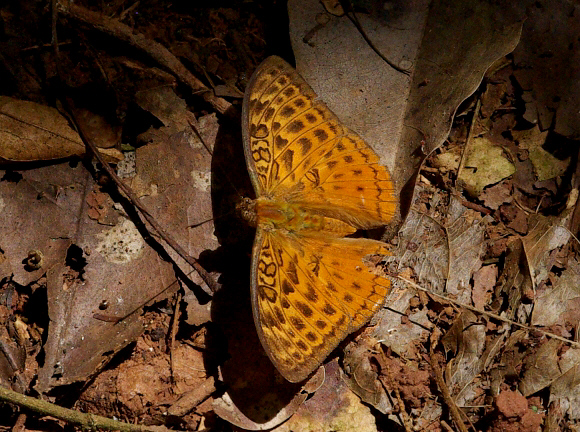
Introduction
There are about 95 Bebearia species, all of which are wholly Afrotropical in distribution. The male is illustrated above, and is similar in pattern to several other Bebearia species including absolon, mandinga, and oxione. The female is larger than the male, and different in appearance, having a brown and cream Catuna-like pattern.
The undersides of nearly all Bebearia species are cryptically patterned. In the case of zonara, the underside of both sexes is pale ochreous, marbled with light brown in the male, and with dark brown in the female.
Bebearia zonara is distributed from Sierra Leone to Congo and western Uganda.
Habitats
This species is found mainly in open dry forests or in secondary rainforest.
Lifecycle
The larval food plant is Hypselodelphys (Marantaceae).
Adult behaviour
Males spend a lot of time within the forest, occupying sunspots among the leaf litter. Periodically they emerge onto the sunlit logging roads to imbibe moisture from the damp ground. Females are quite secretive, but can be found along the narrower tracks and paths. They are easily overlooked due to their similarity to Catuna, and to females of other Bebearia species.
